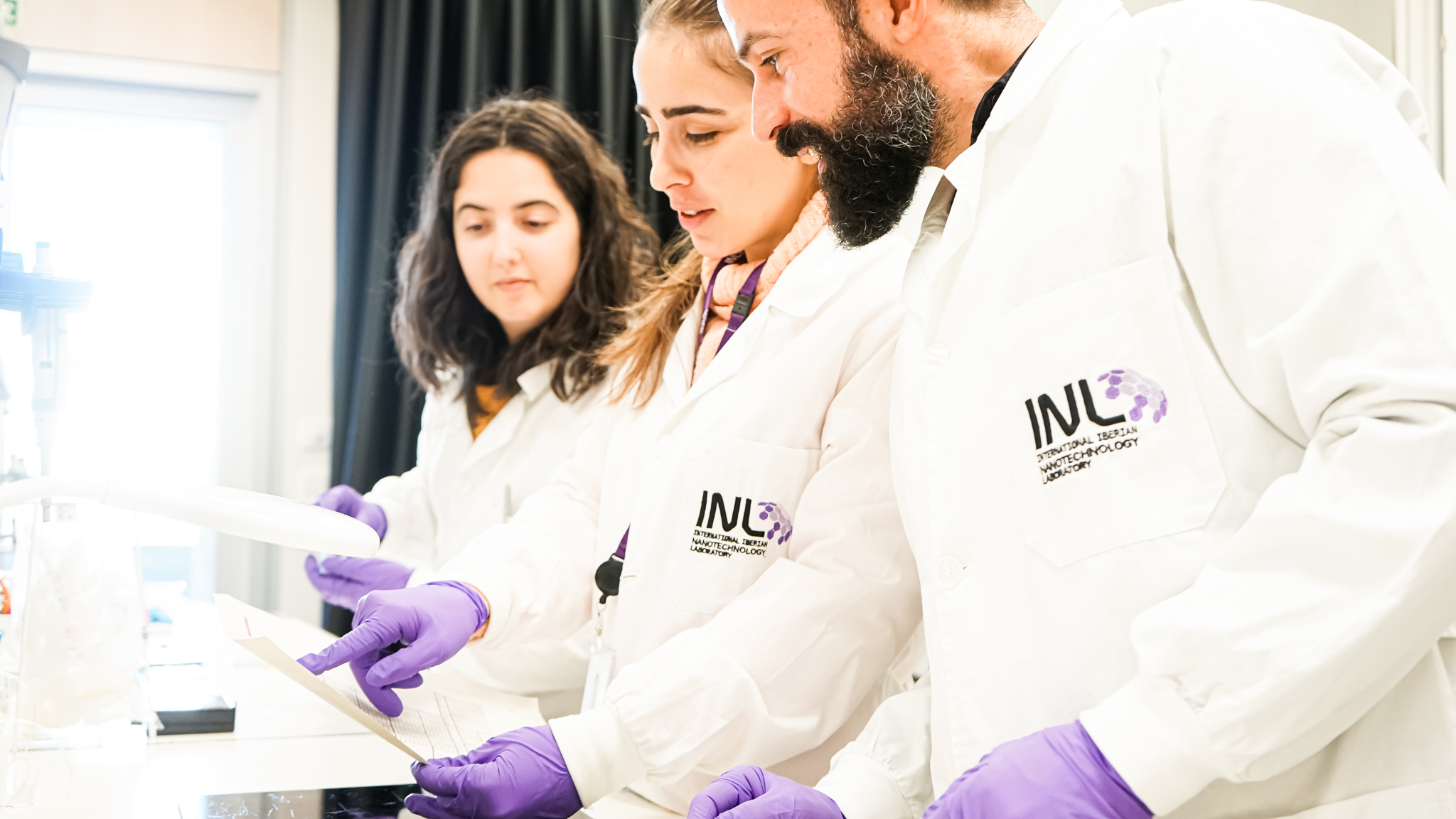
Understanding quantum entanglement
December 13, 2023
INL researchers have recently published a scientific paper describing a new method to confirm the presence of quantum entanglement.
Similar to electricity and magnetism, quantum entanglement is a natural phenomenon that plays a central role in the most fascinating aspects of quantum mechanics. Quantum entanglement is a peculiar and counterintuitive occurrence that describes the intricate connection between two subatomic particles, even when they are separated by large distances. Any alteration made to one of these particles will instantaneously impact the other, defying the conventional expectation that distance should limit such influences.
The idea that quantum entanglement can be used as a resource is fundamental to fields like quantum computing, quantum sensing, and quantum communications. To make use of quantum entanglement, it is crucial to develop tools for investigating it, which can be particularly challenging at the nanoscale.
INL researchers have recently described a new technique to identify quantum entanglement, by using state-of-the-art equipment – electron spin resonance using scanning tunnelling microscopy (STM).
Joaquín Fernández-Rossier, Theory of Quantum Nanostructures research group leader, says that “our proposal adds a completely new functionality to STM, establishing a connection between quantum information and surface science”.
This work was supported by the Quantum Portugal Initiative and the project PiMag. You can access the full publication here: https://journals.aps.org/prb/abstract/10.1103/PhysRevB.108.115413


